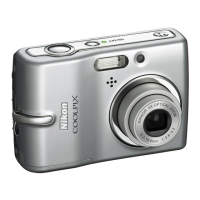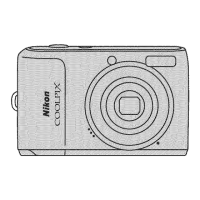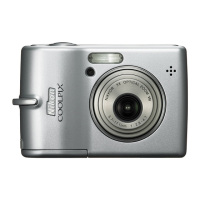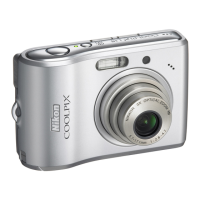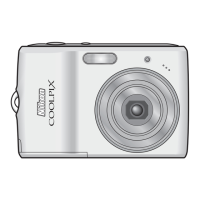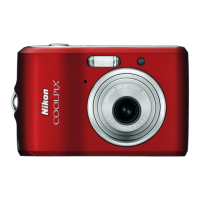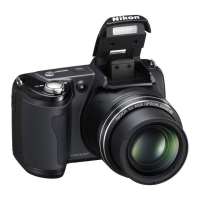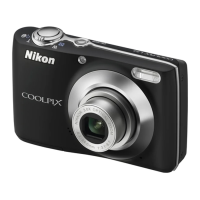Why are there bright specks in my Nikon Digital Camera flash photos?
- RRichard RobinsonSep 9, 2025
If bright specks appear in pictures taken with the flash on your Nikon Digital Camera, it's likely because the flash is reflecting off particles in the air. Try turning the flash off.
